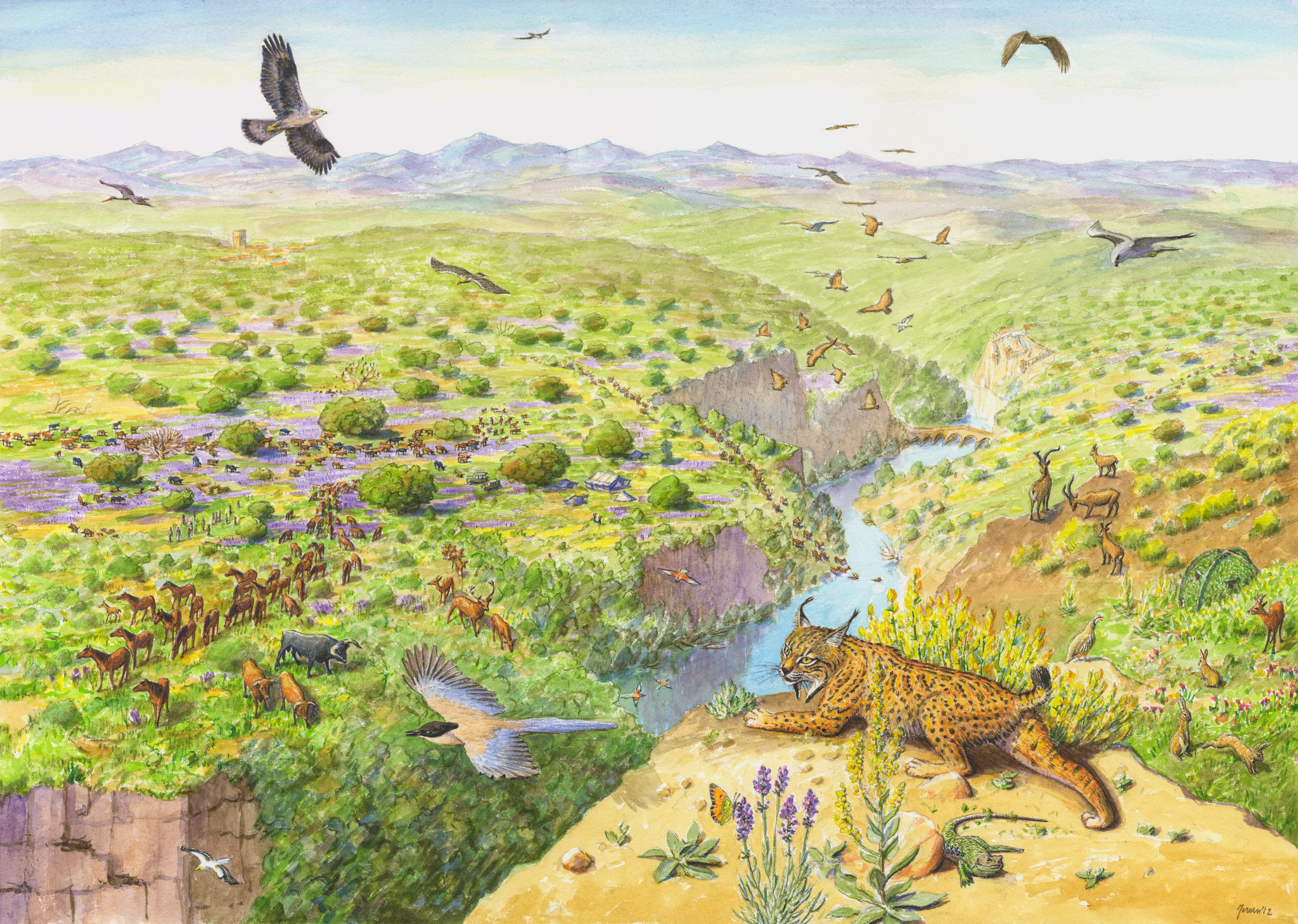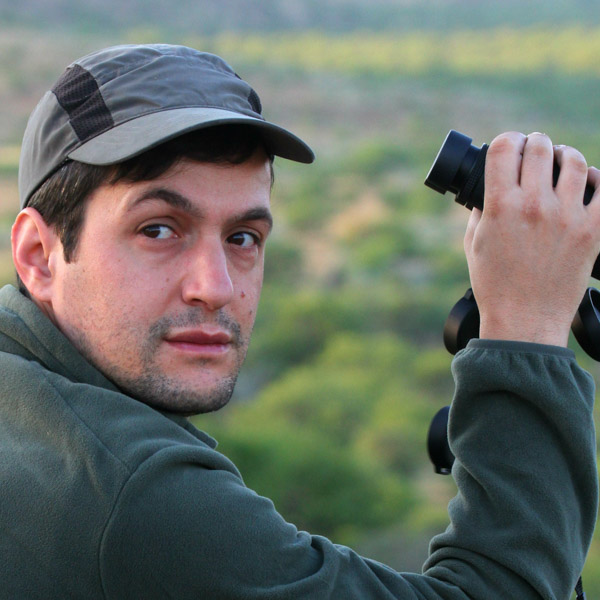The Greater Côa Valley, a beautiful yet relatively unknown place in northern Portugal, is located close to the Spanish border between the Douro River and Malcata mountain ranges.
Characterised by its river gorges, oak forests, rocky heathlands and scattered fields, this is an area where wild nature is now returning to the landscape.
The abandonment of a significant part of the Greater Côa Valley presents an unprecedented, large-scale opportunity for rewilding and the comeback of wildlife. More than 100,000 hectares of land have already been set aside for conservation in the form of Natura 2000 areas, boasting an interesting mix of natural and semi-natural habitats.
The Greater Côa Valley is home to a growing population of wild herbivores such as wild boar, roe deer, and red deer, while river gorges are popular with cliff-loving animals such as vultures and eagles. On the poorer soils above granite bedrock, the landscape is dominated by very small landholdings that have been cultivated for centuries – these are now also increasingly being abandoned. The top predators here are the Iberian wolf, which is present in the form of a small pack, and the Iberian lynx (which should naturally be present, but remains absent for the time being).


